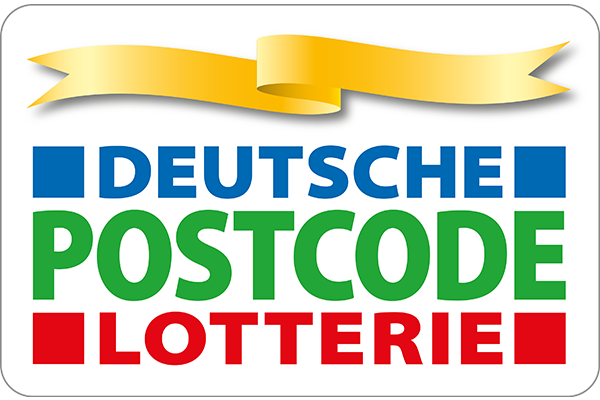Munich Stories The Hermann Tietz department store
Bahnhofplatz 7, 80335 München
.Opened in 1905 on Bahnhofplatz, the department store building was one of the largest and most modern in Europe at the time and Hermann Tietz became a highly progressive and successful department store chain. In the summer of 1933, this Jewish company was one of the first to be aryanised by the National Socialists. Its history has been suppressed for decades.
On 25 February 1905, ten days after the Oberpollinger department store opened up in nearby Neuhauser Straße, the newly built Hermann Tietz department store on Munich’s Bahnhofplatz was ready for customers. Both buildings were designed by the Munich company Heilmann & Littmann, which had previously been responsible for the Prinzregententheater and the construction of the Schauspielhaus in Maximilianstraße. Hence the concept of Jewish department store founder Hermann Tietz to present goods as if on stage made Heilmann & Littmann as the construction company a logical choice.
Hermann Tietz (1837-1907), originally from Birnbaum in the Polish province of Poznan, co-founded the Hermann Tietz company in Gera in 1882 with his adopted nephew Oscar (1858-1923). Initially the business focused on textile goods. After almost two decades in the USA, Hermann Tietz was able to introduce revolutionary business practices to the German Empire: fixed prices on cardboard labels, abolition of haggling, and cash payments. For the first time, customers could see what was on offer without the obligation to buy, an unusual phenomenon in German shops at the time.
With the support of his uncle Hermann, Oscar opened his first Munich shop in 1889 at Karlsplatz/Stachus in ‘Imperialhaus’, Schützenstraße 1a, as a ‘low price shop’ based on his uncle’s concept. Around this time, the family settled in Munich. The enormous success of the new department store quickly led to expansion. By 1900, branches had opened in several German cities, including a six-storey department store in Berlin, where the family had moved to in 1899.
At the end of February 1905, after just twelve months of construction, the Hermann Tietz department store opened on Munich’s Bahnhofplatz. The interior of the new building followed Tietz’s innovative marketing ideas, while the architectural design, with its gables, dormers and towers, struck a ‘specifically Munich tone’ as specified by the magistrate. Permission was given for four sales floors, an attic for offices and storage, and a basement with a boiler, a steam engine and a diesel engine, all of which made the building independent of the city’s electricity grid. One special feature was the elliptical atrium that ran through all floors, spanned by an iron and glass construction. Price promotions and alternating special offers were displayed prominently.
With his striking sales and advertising strategies, Hermann Tietz became a pioneer of department store operations in Germany. At the same time, he was socially committed as an employer. He fostered the training and further education of his staff, provided a pension fund and survivor benefits, and was the first retailer to introduce Sunday rest. In 1903, Oscar Tietz founded the Verband Deutscher Waren- und Kaufhäuser (VDWK) and initiated the Hauptgemeinschaft des Deutschen Einzelhandels (HDE) in 1919. After his death in 1923, his sons Georg and Martin, and his daughter Regine Elise’s husband, Hugo Zwillenberg (1885-1966), took over the management of the company.
The economic crisis of 1929 also hit Hermann Tietz hard, occurring as it did shortly after the company had been heavily burdened financially by the takeover of its competitor A. Jandorf &. Co. The National Socialist boycott policy against large – predominantly Jewish – department store groups exacerbated the situation dramatically. When the company needed a further loan in the spring of 1933, the creditor banks forced the Jewish management to withdraw from the business. In the summer of 1933, a former employee, Georg Karg (1888-1972), was entrusted with the management of the newly established Hertie GmbH. The final ousting of the owner family Tietz took several more years, as did the expulsion of their Jewish employees. Since the banks devalued the company’s assets, Karg ultimately succeeded in taking over the entire share capital by 1940. In the wake of the Second World War, a settlement was reached between Karg and the Tietz heirs in 1949; Karg later bought back the shares that had been returned to the family and continued to run the company alone. Georg Karg was regarded by many as a ‘business genius’ but his son Hans-Georg Karg, who took over the management of the company in 1972, was less successful. The history of the company and Georg Karg’s role during and after the Nazi era was first investigated a few years ago.
Shortly before the end of the war, tthe building on Munich’s Bahnhofplatz was badly damaged, but sales quickly resumed in the basement. A simplified reconstruction followed and, in 1971, an elongated extension along Schützenstraße to Stachus.
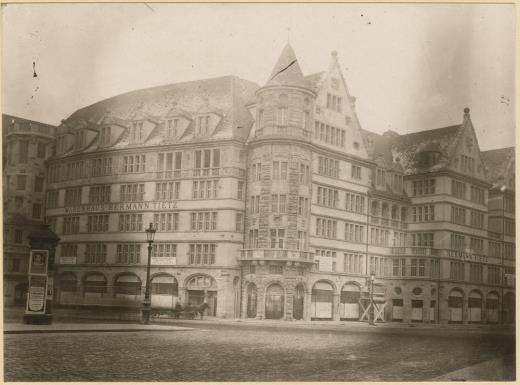
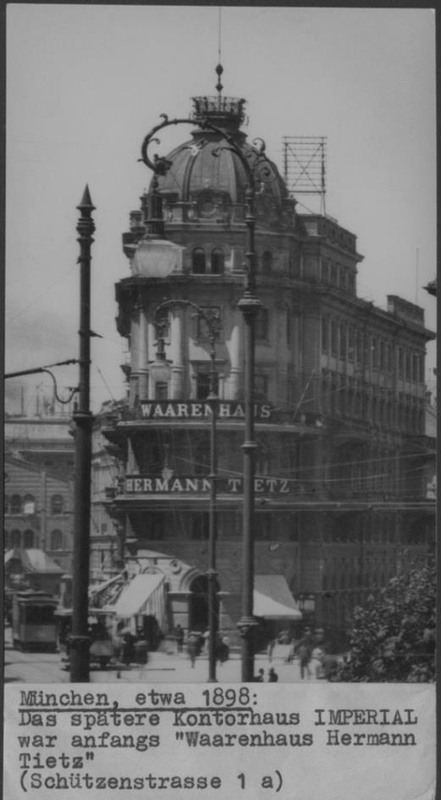

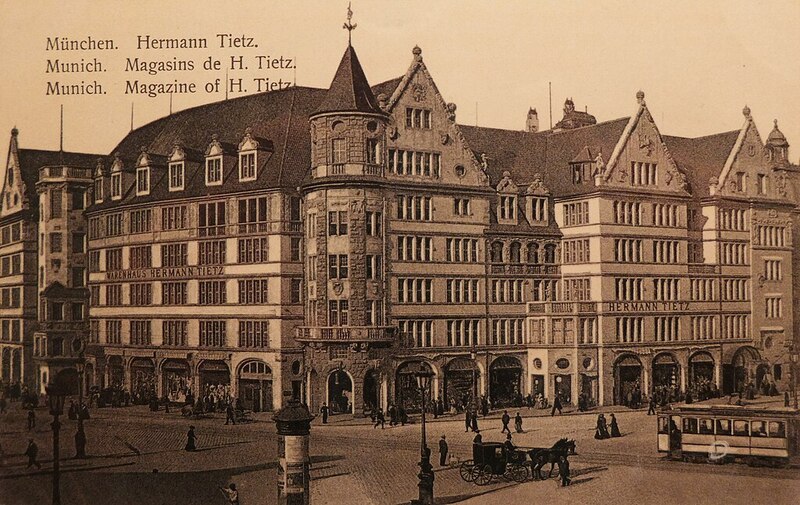
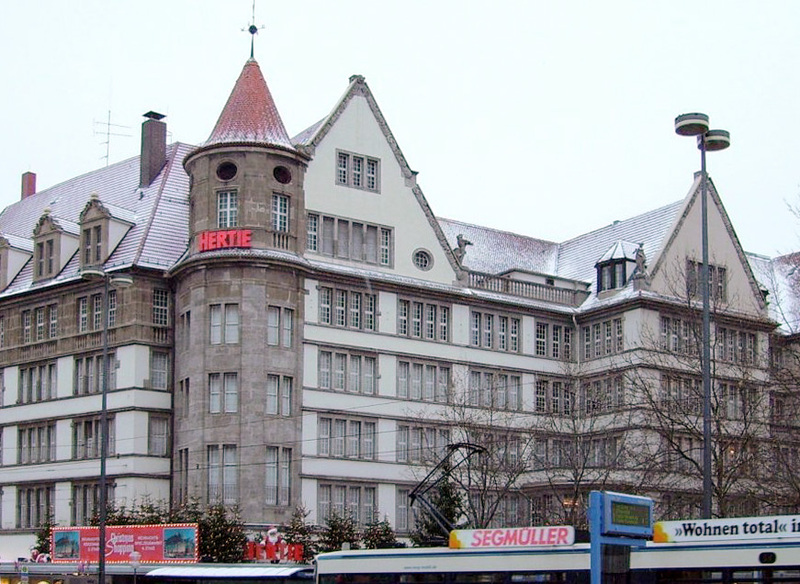
By Heidi Rehn

